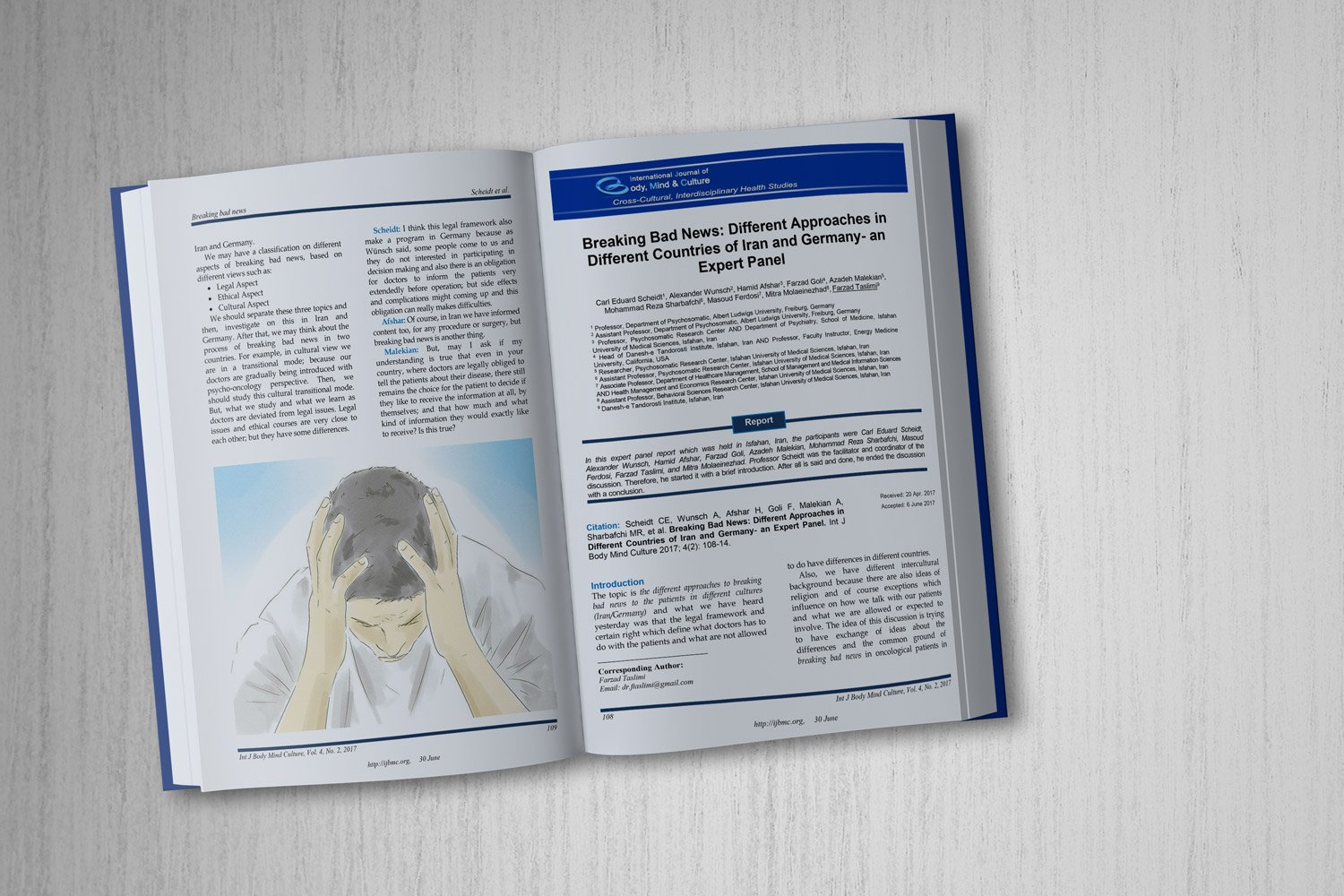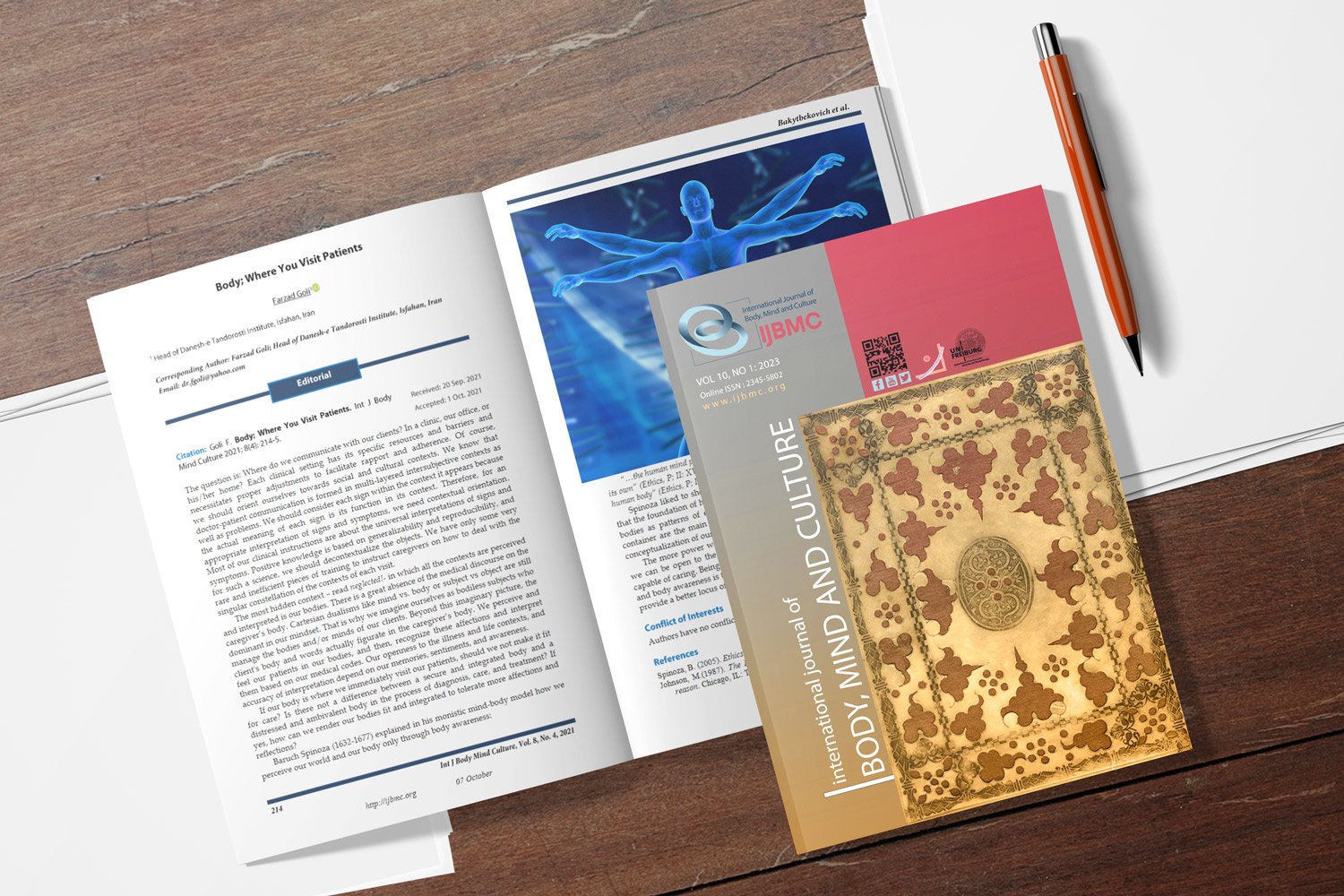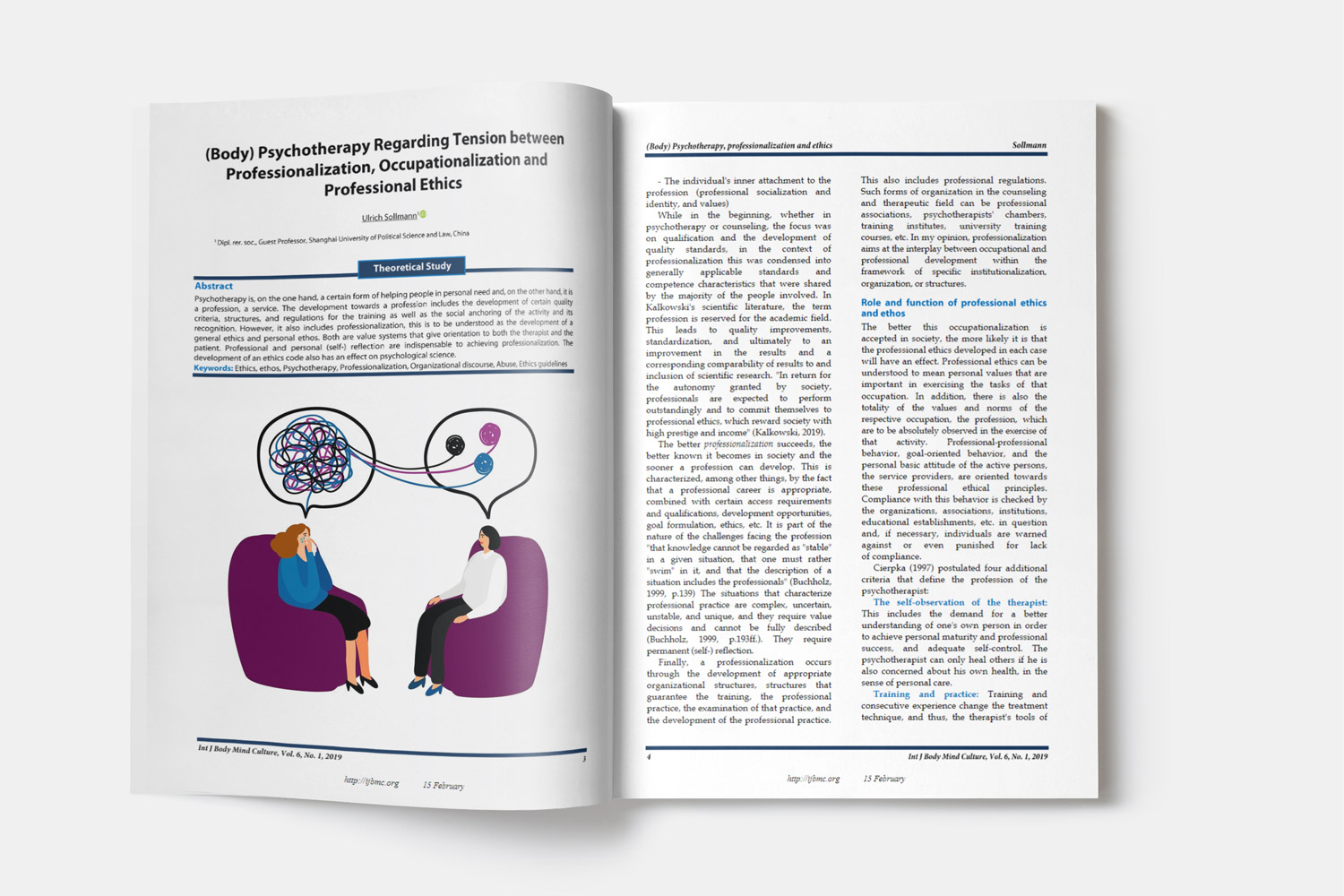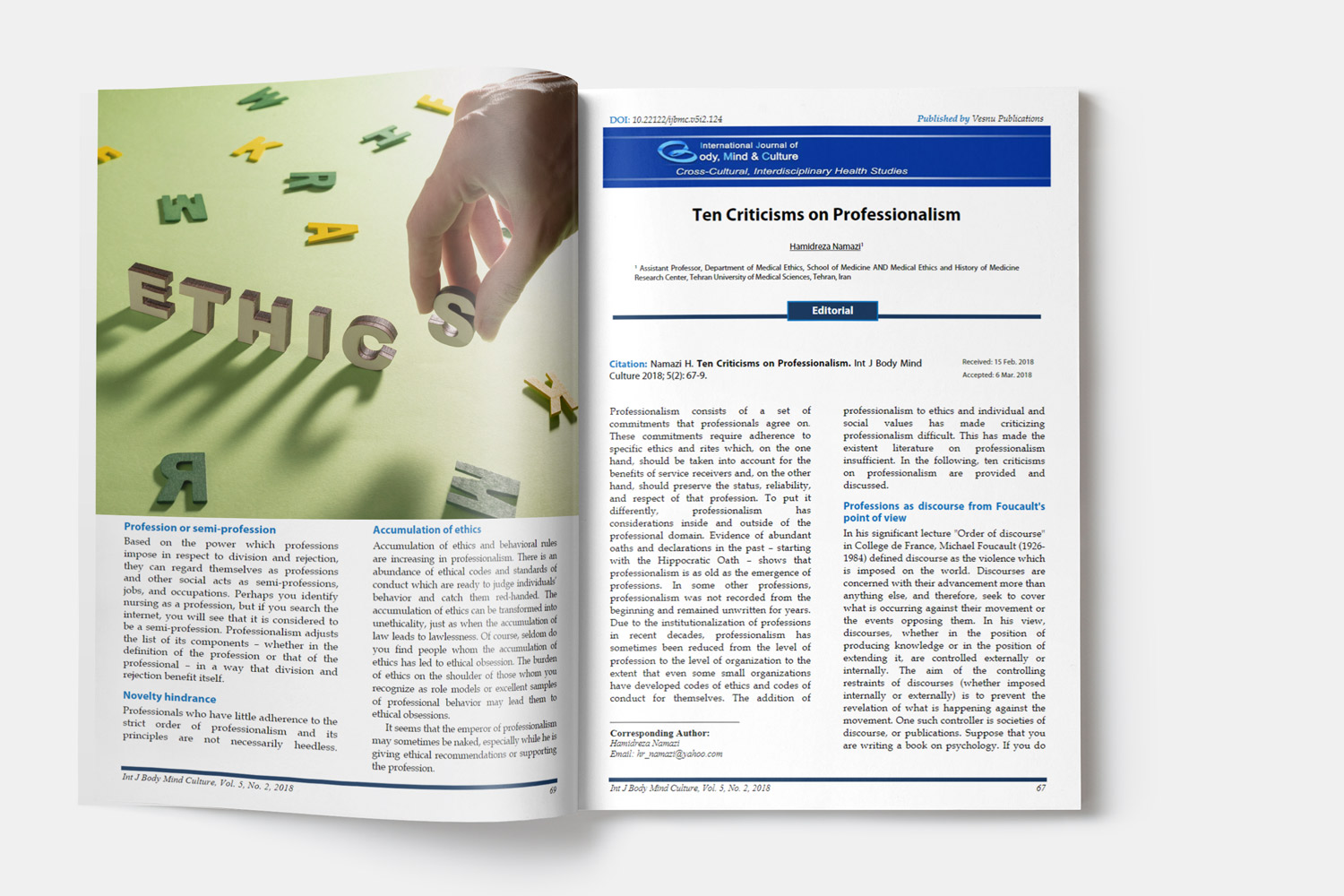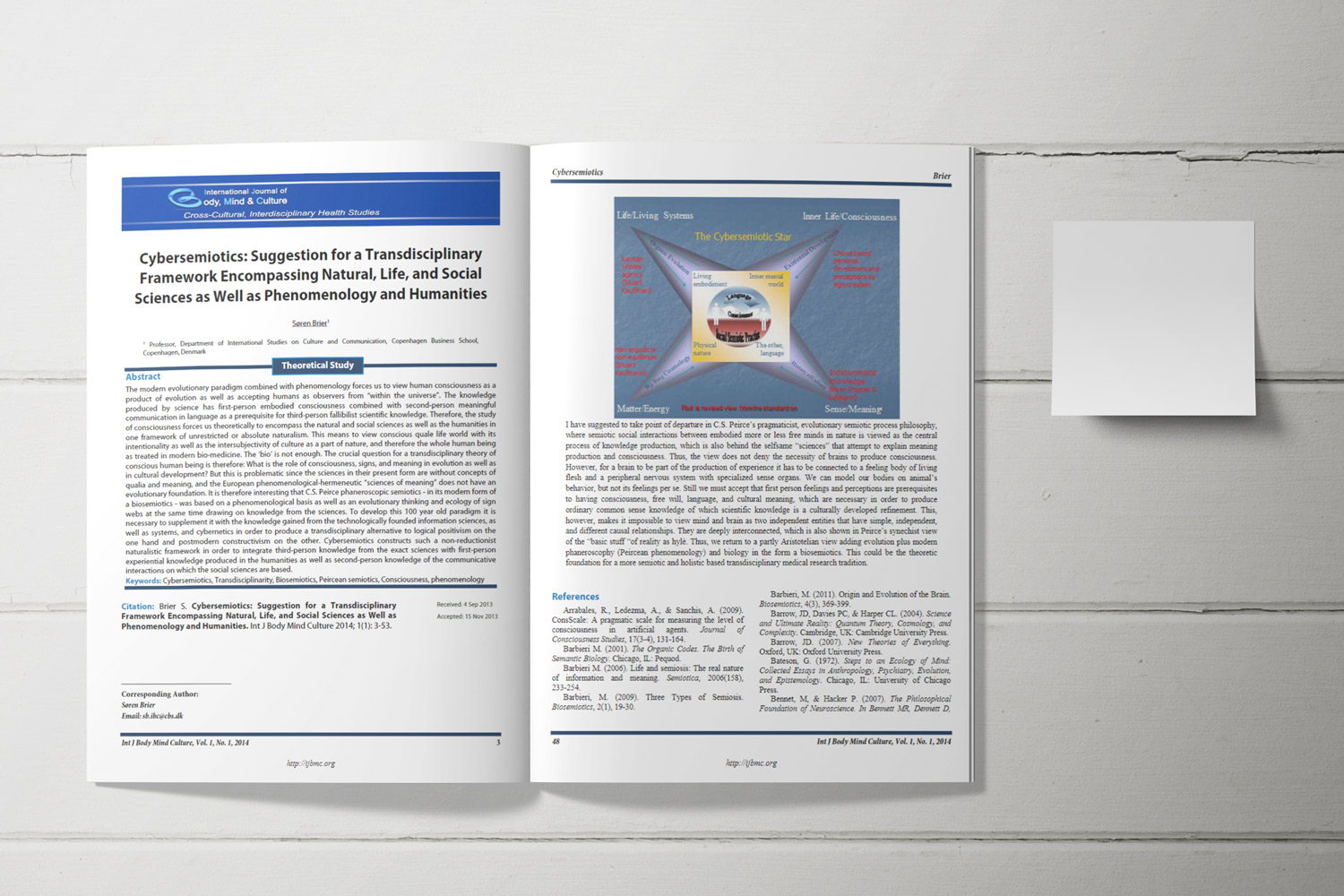Bridging Theory and Practice in Cardiac Care: The Role of Transition Theory in Designing Patient-Centered Interventions
Downloads
Objective: This study aims to explore how Transition Theory can inform the design of effective, patient-centered interventions in cardiac care.
Methods and Materials: A narrative review was conducted to synthesize literature published between 2014 and 2024, focusing on how Transition Theory applies to cardiac care transitions, including hospital discharge, rehabilitation, and home-based management. Studies were identified through electronic database searches and screened based on relevance to Transition Theory, cardiac rehabilitation, and patient-centered care. Descriptive analysis was employed to categorize the findings, with particular attention to the physical, emotional, and social dimensions that influence patient experiences. Special emphasis was placed on identifying key transition points and integrating theoretical constructs into practical interventions that address both immediate clinical needs and long-term adaptation.
Findings: The review highlighted that applying Transition Theory to cardiac care offers a more comprehensive understanding of how patients navigate significant health changes. It revealed that common transition points, such as moving from hospital to home or graduating from a structured rehabilitation program, are critical periods that can either facilitate recovery or increase risk of setbacks. Patient-centered interventions that incorporate elements of Transition Theory—such as individualized education, psychosocial support, and interdisciplinary coordination—were associated with enhanced adherence, improved clinical outcomes, and greater patient satisfaction. However, the review also identified challenges, including organizational constraints, limited provider training, and the need for better integration of theory-based practices across diverse healthcare settings.
Conclusion: Transition Theory provides a valuable framework for understanding and supporting the multifaceted transitions that cardiac patients experience. Tailoring interventions to each patient’s evolving needs has the potential to improve continuity of care, encourage self-management, and ultimately reduce readmissions. Further research should focus on empirically validating theory-driven interventions and developing interdisciplinary models that incorporate social determinants and technological innovations.
Downloads
Amiri, M., Khosh Akhlagh, H., Sajadian, P. S., & Rezaie Jamalouei, H. (2023). The effectiveness of treatment based on acceptance and commitment on sexual performance and emotional safety in men with cardiovascular disease. Applied Family Therapy Journal (AFTJ), 4(4), 520-535. https://doi.org/10.61838/kman.aftj.4.4.29
Ávila, A., Claes, J., Buys, R., Azzawi, M., Vanhees, L., & Cornelissen, V. (2019). Home-Based Exercise With Telemonitoring Guidance in Patients With Coronary Artery Disease: Does It Improve Long-Term Physical Fitness? European Journal of Preventive Cardiology, 27(4), 367-377. https://doi.org/10.1177/2047487319892201
Bellmann, B., Lin, T., Greissinger, K., Rottner, L., Rillig, A., & Zimmerling, S. (2020). The Beneficial Effects of Cardiac Rehabilitation. Cardiology and Therapy, 9(1), 35-44. https://doi.org/10.1007/s40119-020-00164-9
Birke, H., Foxvig, I., Burns, K., Toft, U., Hansen, A. B. G., Hauge, P. I., Foghmar, S., Mindegaard, R. B., & Jakobsen, L. M. (2022). Heart Rehabilitation for All (HeRTA): Protocol for a Feasibility Study and Pilot Randomized Trial. PLoS One, 17(6), e0270159. https://doi.org/10.1371/journal.pone.0270159
Boyce, L. W., & Goossens, P. H. (2017). Rehabilitation After Cardiac Arrest: Integration of Neurologic and Cardiac Rehabilitation. Seminars in Neurology, 37(01), 094-102. https://doi.org/10.1055/s-0036-1593860
Bradley, S. M., Maynard, C., & McCabe, J. M. (2017). Referral to Cardiac Rehabilitation After Percutaneous Coronary Intervention, Coronary Artery Bypass Surgery, and Valve Surgery. Circulation Cardiovascular Quality and Outcomes, 10(6). https://doi.org/10.1161/circoutcomes.116.003364
Carolina Santiago de Araújo, P., Chaves, G., Davies, P., Taylor, R. S., & Grace, S. L. (2019). Interventions to Promote Patient Utilization of Cardiac Rehabilitation: Cochrane Systematic Review and Meta-Analysis. Journal of clinical medicine, 8(2), 189. https://doi.org/10.3390/jcm8020189
D’Eath, M., Byrne, M., Murphy, P., Jaarsma, T., McSharry, J., Murphy, A. W., Doherty, S., Noone, C., & Casey, D. (2018). Participants’ Experiences of a Sexual Counseling Intervention During Cardiac Rehabilitation. The Journal of Cardiovascular Nursing, 33(5), E35-E45. https://doi.org/10.1097/jcn.0000000000000482
Dai, Z.-J., Zhang, J., Xu, S.-T., Zhang, J., Zhuang, C.-F., & Gu, P.-H. (2022). Application of Continuous Nursing Care Based on Hierarchical Diagnosis and Treatment Mode in Stage II Cardiac Rehabilitation of Patients After Percutaneous Coronary Intervention. Frontiers in Cardiovascular Medicine, 9. https://doi.org/10.3389/fcvm.2022.922449
Dierickx, S., Deliens, L., Cohen, J., & Chambaere, K. (2015). Comparison of the Expression and Granting of Requests for Euthanasia in Belgium in 2007 vs 2013. JAMA internal medicine, 175(10), 1703. https://doi.org/10.1001/jamainternmed.2015.3982
Dinesen, B., Nielsen, G., Andreasen, J. J., & Spindler, H. (2019). Integration of Rehabilitation Activities Into Everyday Life Through Telerehabilitation: Qualitative Study of Cardiac Patients and Their Partners. Journal of medical Internet research, 21(4), e13281. https://doi.org/10.2196/13281
Dinesen, B., & Spindler, H. (2018). The Use of Telerehabilitation Technologies for Cardiac Patients to Improve Rehabilitation Activities and Unify Organizations: Qualitative Study (Preprint). https://doi.org/10.2196/preprints.10758
Ding, E. Y., Erskine, N., Stut, W., McManus, D. D., Peterson, A., Wang, Z., Valle, J. E., Albuquerque, D., Alonso, Á., Botkin, N. F., & Pack, Q. R. (2021). MI-PACE Home-Based Cardiac Telerehabilitation Program for Heart Attack Survivors: Usability Study. JMIR human factors, 8(3), e18130. https://doi.org/10.2196/18130
Dunlay, S. M., Pack, Q. R., Thomas, R. J., Killian, J. M., & Roger, V. L. (2014). Participation in Cardiac Rehabilitation, Readmissions, and Death After Acute Myocardial Infarction. The American Journal of Medicine, 127(6), 538-546. https://doi.org/10.1016/j.amjmed.2014.02.008
Frederix, I., Vanhees, L., Dendale, P., & Goetschalckx, K. (2014). A Review of Telerehabilitation for Cardiac Patients. Journal of Telemedicine and Telecare, 21(1), 45-53. https://doi.org/10.1177/1357633x14562732
Hamedani, B., Shahsavari, H., Amaniyan, S., Sieloff, C. L., & Vaismoradi, M. (2019). Development and Psychometric Evaluation of the Cardiac Rehabilitation Adherence Tool (CRAT). Journal of Cardiovascular Development and Disease, 6(3), 25. https://doi.org/10.3390/jcdd6030025
Itoh, H., Amiya, E., Narita, K., Shimbo, M., Taya, M., Komuro, I., Hasegawa, T., Makita, S., & Kimura, Y. (2021). Efficacy and Safety of Remote Cardiac Rehabilitation in the Recovery Phase of Cardiovascular Diseases: Protocol for a Multicenter, Nonrandomized, Single-Arm, Interventional Trial. Jmir Research Protocols, 10(10), e30725. https://doi.org/10.2196/30725
Jeffares, I., Merriman, N. A., Rohde, D., McLoughlin, A., Scally, B., Doyle, F., Horgan, F., & Hickey, A. (2019). A Systematic Review and Meta-Analysis of the Effects of Cardiac Rehabilitation Interventions on Cognitive Impairment Following Stroke. Disability and Rehabilitation, 43(6), 773-788. https://doi.org/10.1080/09638288.2019.1641850
Kato, M., Ogano, M., Mori, Y., Kochi, K., Morimoto, D., Kito, K., Green, F. N., Tsukamoto, T., Kubo, A., Takagi, H., & Tanabe, J. (2019). Exercise-Based Cardiac Rehabilitation for Patients With Catheter Ablation for Persistent Atrial Fibrillation: A Randomized Controlled Clinical Trial. European Journal of Preventive Cardiology, 26(18), 1931-1940. https://doi.org/10.1177/2047487319859974
Khodadad Hatkehposhti, Z., Hasanzadeh, R., & Emadian, S. O. (2022). Comparison of the effectiveness of cognitive-behavioral therapy and emotional schema therapy on neuroticism and dysfunctional attitudes in cardiovascular patients. Applied Family Therapy Journal (AFTJ), 3(3), 280-296. https://doi.org/10.61838/kman.aftj.3.3.16
Kitagawa, T., Hidaka, T., Naka, M., Nakayama, S., Yuge, K., Isobe, M., & Kihara, Y. (2020). Current Medical and Social Issues for Hospitalized Heart Failure Patients in Japan and Factors for Improving Their Outcomes ― Insights From the REAL-HF Registry ―. Circulation Reports, 2(4), 226-234. https://doi.org/10.1253/circrep.cr-20-0011
Medina-Quero, J., Olmo, M. R. F., Aguilera, M. D. P., & Espinilla, M. (2017). Real-Time Monitoring in Home-Based Cardiac Rehabilitation Using Wrist-Worn Heart Rate Devices. Sensors, 17(12), 2892. https://doi.org/10.3390/s17122892
Ngo-Hamilton, A. (2024). Cardiac Rehabilitation for Heart Failure: Progress and Gaps in Evidence and Policy. Current Opinion in Cardiology, 39(3), 196-201. https://doi.org/10.1097/hco.0000000000001129
Nso, N., Nassar, M., Mbome, Y., Emmanuel, K., Ngonge, A. L., Badejoko, S., Akbar, S., Landry, I., Alfishawy, M., Munira, M. S., & Rizzo, V. (2022). Comparative Assessment of the Long-Term Efficacy of Home-Based Versus Center-Based Cardiac Rehabilitation. Cureus. https://doi.org/10.7759/cureus.23485
Pagliari, C. (2024). Different Models of Cardiac Telerehabilitation for People With Coronary Artery Disease: Features and Effectiveness: A Systematic Review and Meta-Analysis. Journal of clinical medicine, 13(12), 3396. https://doi.org/10.3390/jcm13123396
Pieper, C. (2024). InterVFast—effectiveness and Acceptance of Intermittent Fasting in Cardiac Rehabilitation Patients: Study Protocol of a Randomized Controlled Trial. Trials, 25(1). https://doi.org/10.1186/s13063-023-07843-7
Puri, S. N. (2023). A Comparison Between Cardiac Telerehabilitation Program and Outpatient Hospital-Based Cardiac Rehabilitation Program for Patients Undergoing Coronary Artery Bypass Graft (CABG) Surgery: A Review. Cureus. https://doi.org/10.7759/cureus.48488
Salzwedel, A., & Völler, H. (2021). Cardiac Rehabilitation: Patient-Reported Outcomes Are Decisive for Success. Deutsches Ärzteblatt International. https://doi.org/10.3238/arztebl.m2021.0211
Schmidt, A. M. (2024). A Novel Referral Strategy to Enhance the Enrollment of Patients With Heart Failure in Cardiac Rehabilitation: A Feasibility Study. Health Science Reports, 7(3). https://doi.org/10.1002/hsr2.1961
Taylor, R. S., Dalal, H. M., & Zwisler, A.-D. (2023). Cardiac Rehabilitation for Heart Failure: ‘Cinderella’ or Evidence-Based Pillar of Care? European Heart Journal, 44(17), 1511-1518. https://doi.org/10.1093/eurheartj/ehad118
Thorup, C. B., Hansen, J. H. L., Grønkjær, M., Andreasen, J. J., Nielsen, G., Sørensen, E. E., & Dinesen, B. (2016). Cardiac Patients’ Walking Activity Determined by a Step Counter in Cardiac Telerehabilitation: Data From the Intervention Arm of a Randomized Controlled Trial. Journal of medical Internet research, 18(4), e69. https://doi.org/10.2196/jmir.5191
Xiao, M., Li, Y., & Guan, X. (2021). Community-Based Physical Rehabilitation After Percutaneous Coronary Intervention for Acute Myocardial Infarction. Texas Heart Institute Journal, 48(2). https://doi.org/10.14503/thij-19-7103
Copyright (c) 2024 International Journal of Body, Mind and Culture

This work is licensed under a Creative Commons Attribution-NonCommercial 4.0 International License.











